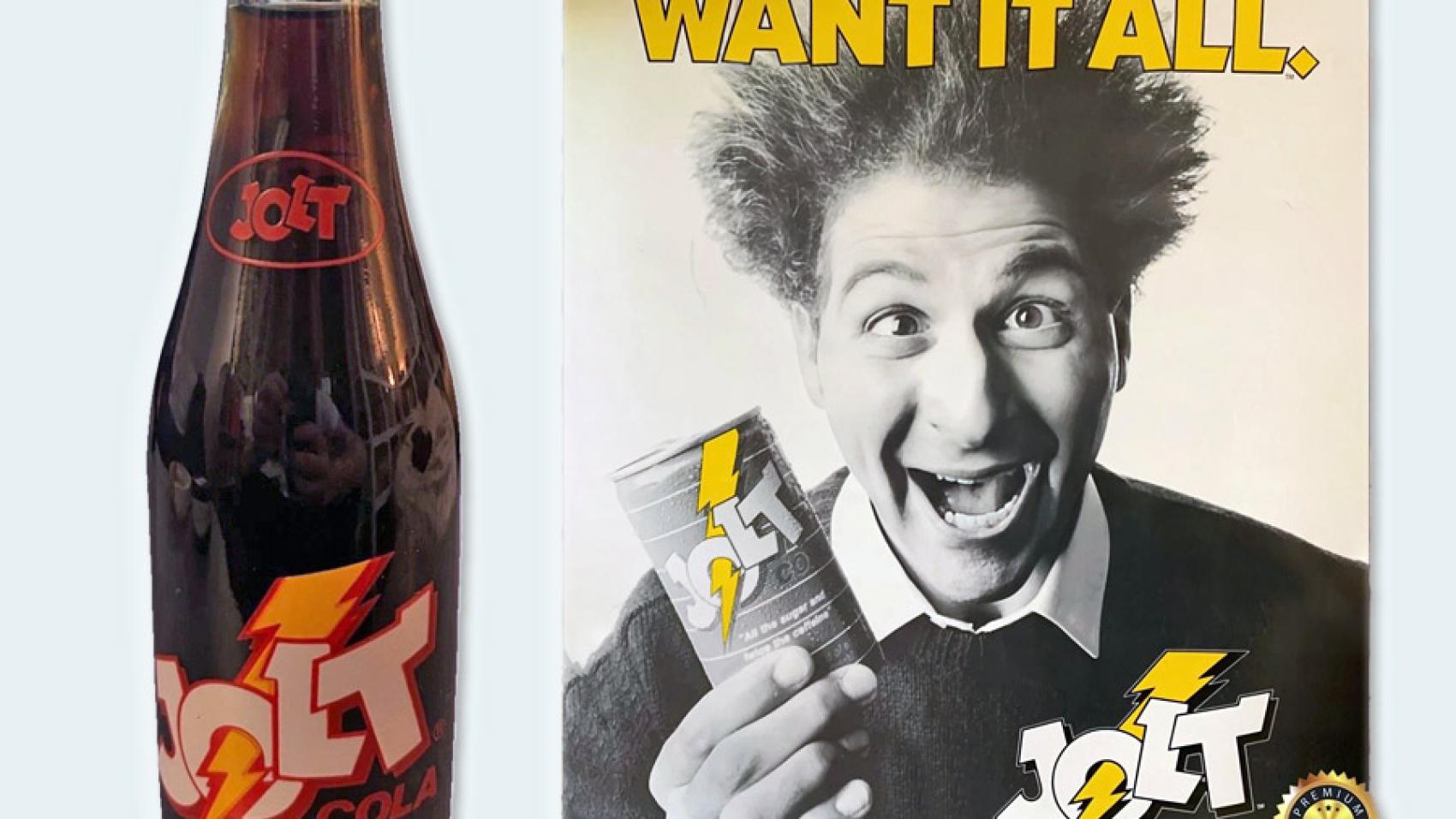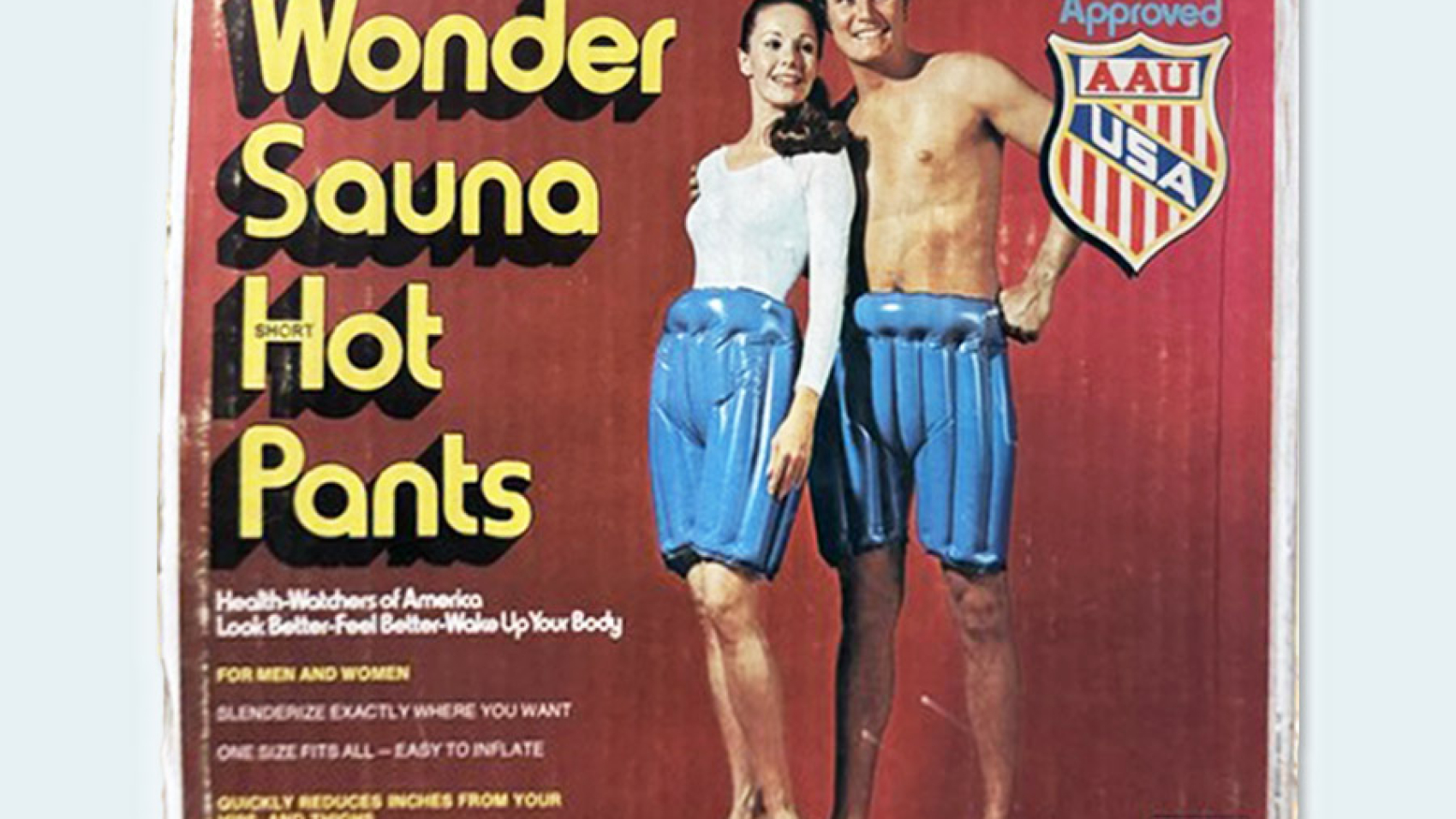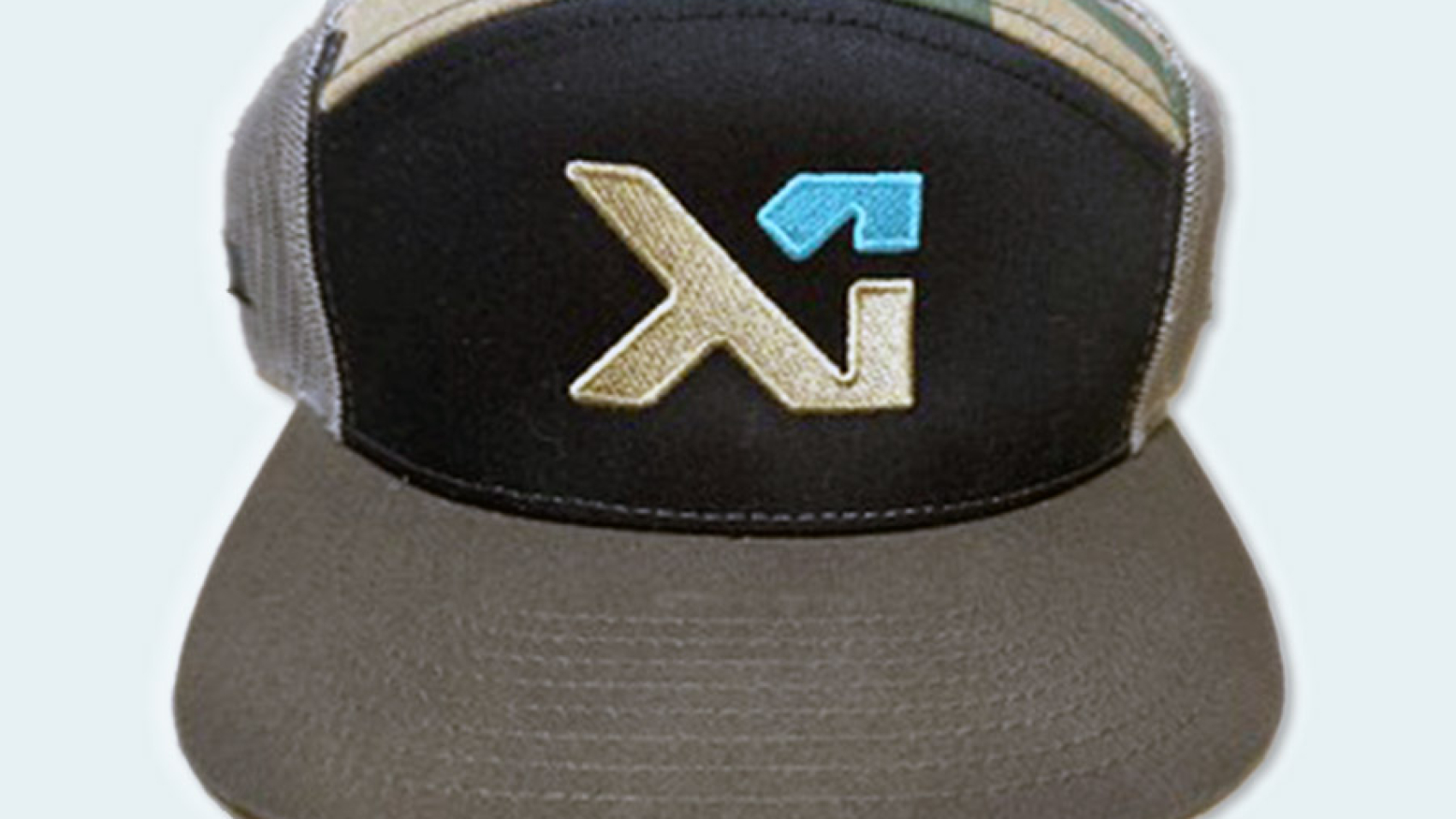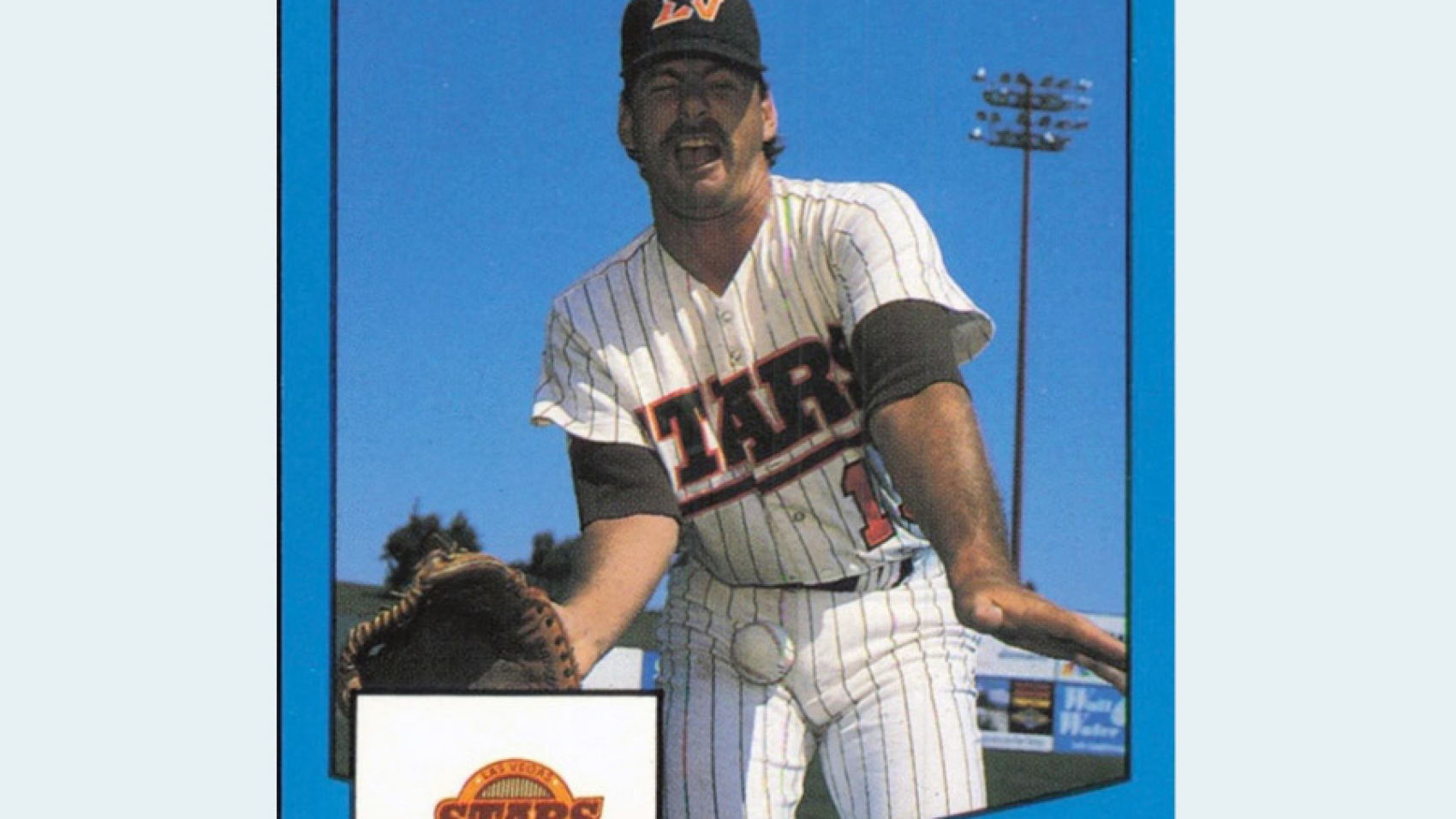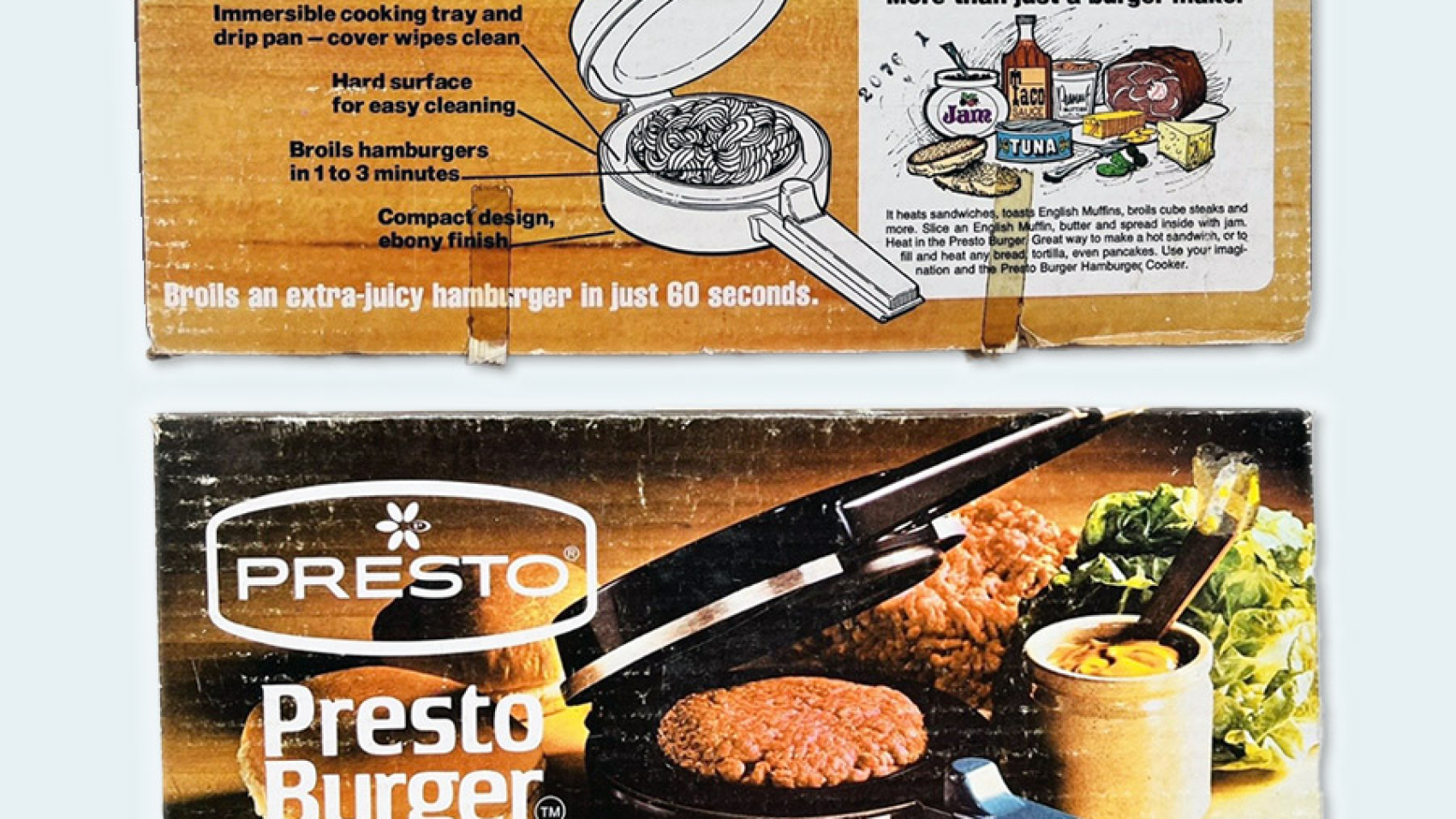iRobot depended too heavily on robot vacuums, which became commoditized, and had limited success expanding into adjacent home robotics. Post-Covid demand collapsed, retail inventory piled up, and promotions destroyed margins.
Jolt Cola
Launched in 1985, Jolt Cola had “all the sugar and twice the caffeine.” However, in the 1990s energy drinks exploded (Red Bull, Monster, Rockstar). Those brands delivered more caffeine than Jolt and were marketed more aggressively to younger consumers. Once energy drinks took over convenience stores and gas stations, Jolt lost premium shelf space, while it lacked the marketing budget of Coca-Cola, Pepsi, or Red Bull.
High School Musical 3 (movie)
High School Musical is a movie that was released in 2008 by Disney. Ryan Evans, one of the main characters and co-President of the Drama Club, refused to wear this outfit so this doll was never released.
Wonder Sauna Hot Pants
Launched in 1971, Wonder Sauna Hot Pants were an inflatable product designed to be worn to produce a “sauna” effect, with the aim of melting fat while the wearer simply sat. Instead of cutting calories or hitting the gym – just “wear these hot pants, sit around, maybe walk a bit, and the fat disappears.” That convenience-over-effort pitch was central to the appeal of the product. However, the product only causing sweating (i.e. water loss), not fat loss. On top of that, the pants were ugly, awkward, and uncomfortable.
Moxion Power
Moxion Power raised $126M to replace diesel generators – used in construction sites, live events, film sets – with clean mobile battery-powered energy storage units. However, they aggressively ramped up production and headcount, as well as committed to large facilities, ahead of market demand. In addition, the battery units lacked bidirectional charging capabilities which customers needed to replace diesel generators. Moxion Power tried to raise $200M at the same time confidence in hardware-heavy startups was declined. Once funding dried up they shut down in 2024.
Keith Comstock Baseball Card
In Keith Comstock’s 1989 ProCards baseball card he has his uniform on, with his hands stretched out in front of him, and has a horribly pained look on his face. His eyes are squeezed shut. His mouth is open, like he’s letting out a scream. But what makes this card truly stand out is the location of the baseball in the photo.
Once Comstock was demoted from the San Diego Padres to the Las Vegas Aces in AAA he came up with the idea for this card. After some trial and error, Comstock figured out he could get the ball to stick to his pants (for at least a few seconds) with the help of some super glue. None of the other players on the team would let their photo be taken until after Comstock so the photographer was required to take this picture.
Time Bomb Game
Launched in 1964, the Milton Bradley Time Bomb game involved passing around a toy “bomb” on a timer until it clicked. However, parents weren’t comfortable with violent themes, the game novelty wore off fast for kids, and the timer mechanism sometimes failed to “explode” and sometimes went off instantly.
Presto Burger
Launched in 1974, the Presto Burger was a small, electric hamburger cooker marketed as a “mini-appliance” designed to cook a hamburger quickly (in about a minute) with minimal mess. However, grease spattered everywhere, the device frequently produced smoke and got too hot externally, and users frequently reported overcooked hamburgers on the outside and undercooked on the inside.
Presto Hot Dogger
Launched in 1974, the Presto Hot Dogger was an electric hot dog cooker that could cook several hot dogs at once by electrifying metal prongs that pierced the ends of each hot dog – essentially using electricity to heat the meat directly. However, many users found it unsafe or unappetizing; the hot dogs could get scorched, split, or taste metallic. There were also safety concerns because the device used exposed electrical contacts and could potentially shock users if mishandled. The rise and eventual ubiquity of the safer and more versatile microwave oven effectively rendered the Hot Dogger obsolete in most homes.
Kittyhawk
Kittyhawk, the electric aviation startup backed by Google co-founder Larry Page, shut down in 2022 after a decade of work. Kittyhawk aimed to be an air taxi, but scaling to a safe, quiet, and affordable mass-production aircraft proved extremely difficult. The company spent hundred of millions in R&D, while had difficulty building a product that regulators would approve for public use.



